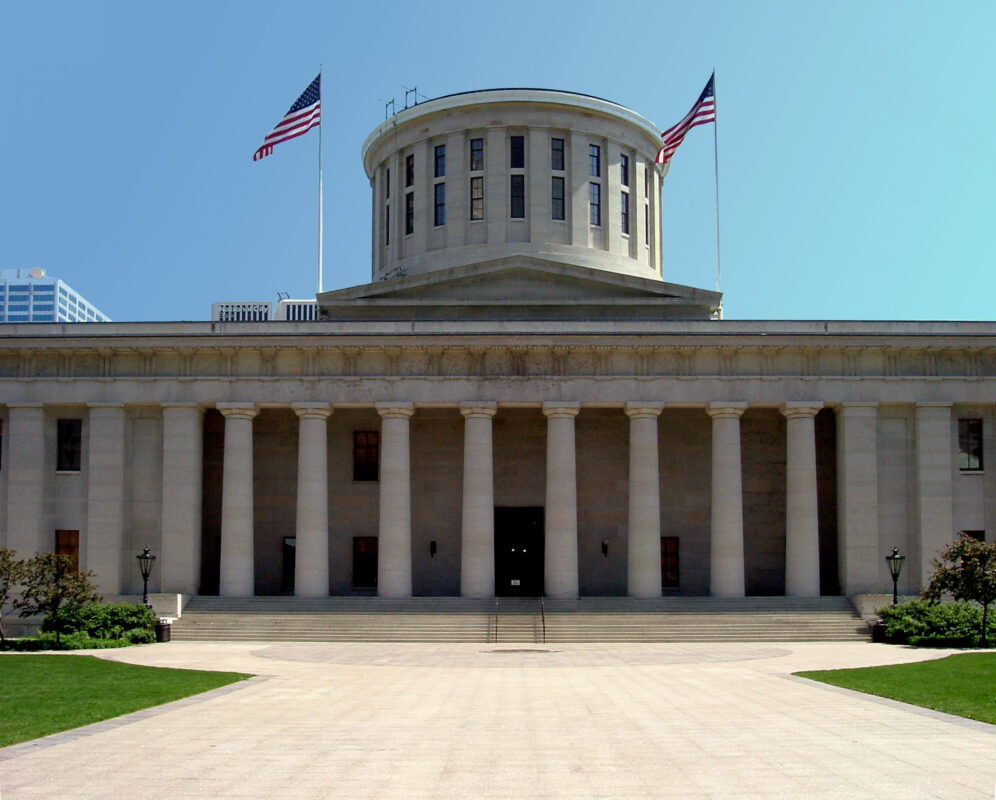By Tyler Buchanan, Ohio Capital Journal
Ohio is looking like a toss-up state in next month’s presidential election, with numerous polls showing the two candidates in a virtual tie.
The congressional races, meanwhile, are a different story. Few of the results are in doubt, the result of a carefully crafted congressional map that all but ensures uncompetitive elections throughout the state.
That may change when the districts are redrawn next year (following this year’s census) and enacted for the 2022 election.
Until then, political forecasters are predicting few close congressional races in Ohio this fall.
There are 16 congressional districts in Ohio. The political analysis website FiveThirtyEight forecasts that all 16 sitting members are favored to be reelected over their General Election challengers.
Ten of the 16 incumbents have greater than a 99% likelihood of being reelected, according to 538. Five more have at least an 89% likelihood of another two-year term.
The outlier is the 1st U.S. House District, with Rep. Steve Chabot, R-Westwood, facing a challenge from Democrat Kate Schroder in a Cincinnati-area race. 538 views Chabot as the favorite, but gives Schroder a one-third chance of winning a seat to the U.S. House of Representatives.
Democrat Kate Schroder and Republican incumbent Steve Chabot are candidates for the 1st House District.
Another political forecaster, the Cook Political Report, lists the Chabot-Schroder race as a toss-up. It also labels two other races as competitive, though “likely Republican” — the 10th District seat held by Rep. Mike Turner, R-Dayton, and challenged by Democrat Desiree Tims, and the 12th District seat held by Rep. Troy Balderson, R-Zanesville, and challenged by Democrat Alaina Shearer and Libertarian John Stewart.
Incumbents of either political party typically hold several advantages over their challengers. By virtue of being a sitting officeholder, the incumbent holds better name recognition in the district and typically has an easier time raising money for their reelection.
All 16 incumbents in Ohio had raised more money than their challengers, according to the latest campaign finance reports from summer compiled by the Center for Responsive Politics. The next report, documenting money raised between July 1 and Sept. 30, comes out next week.
The summer reports showed that incumbents had raised a combined $28.8 million in the 2020 cycle compared to just $4.4 million combined for the challengers.
There have been few competitive congressional races in recent Ohio history. The first year the current districts were on the ballot was 2012.
Over the next three election cycles — ‘14, ‘16 and ‘18 — not once did an Ohio district flip from one party to the other out of 48 separate election chances.
Of those 48 elections, only two featured a result within a 10-point margin. Most others were blowouts.
A few years ago, Ohioans voted for a constitutional amendment to change how redistricting would take place. State legislators in Columbus will work to draw up a new map, requiring bipartisan support to be enacted. The constitutional amendment provided for a new redistricting commission (also bipartisan) to tackle the issue if the legislature could not agree on a map.
Reposted with permission. Original article can be found here.










